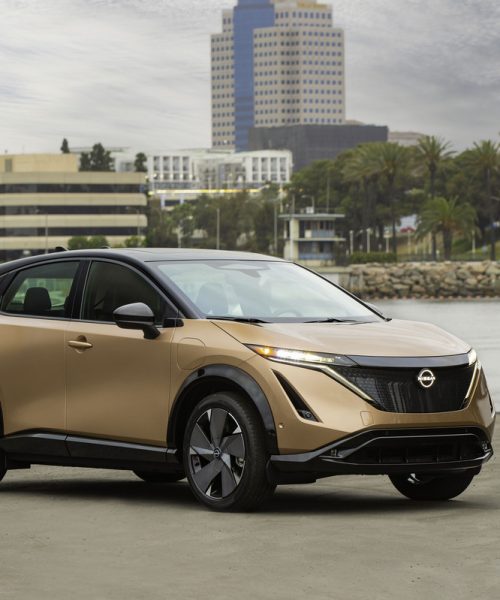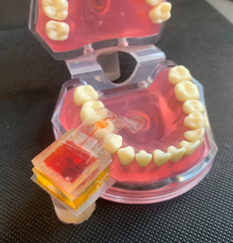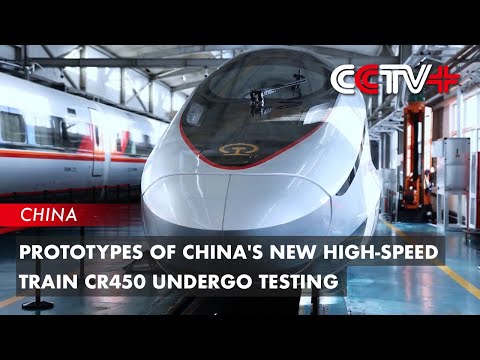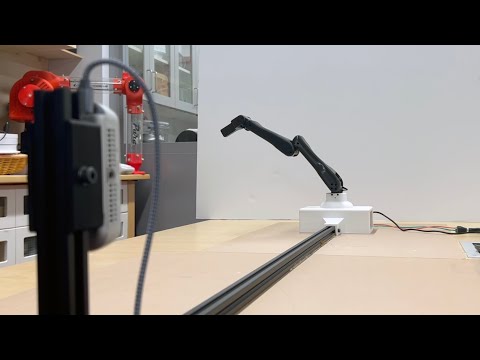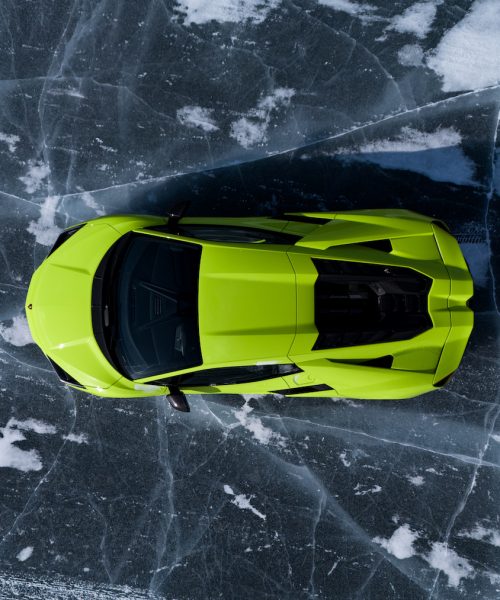
Boston Dynamics, the flashy robotics company maybe best known for orchestrating absurd robo-dance routines, has a new video out emphasizing its pivot towards commercial factory work. The three-minute demo shows the company’s humanoid-shaped Atlas robot locating, grabbing, and moving engine covers between supply containers in a mock manufacturing center. The company claims Atlas performs all of the tasks in the video fully autonomously, with no “prescribed or teleoperated movements.”
[ Related: Researchers tortured robots to test the limits of human empathy ]
Above, Atlas can be seen using its claw-like three fingers to grab engine covers. Boston Dynamics says Atlas uses a machine learning vision model to locate and identify the proper object and then utilizes an assortment of vision and force sensors to safely move it to the right location. At one point during the video, the perspective shifts behind Atlas’ front-facing cameras or “eyes” to demonstrate what the robot is seeing. In first person view, the engine covers Atlas reaches for are highlighted blue and the supply container is supposed to carry it towards glows green. Moments later, Atlas appears to misjudge the angle needed to properly load one of the engine covers. The robot suddenly jolts backward, reassesses, and then places the cover in its correct location.
“The robot is able to detect and react to changes in the environment (e.g., moving fixtures) and action failures (e.g., failure to insert the cover, tripping, environment collision) using a combination of vision, force, and proprioceptive sensors,” Boston Dynamics said.
Atlas is gearing up for a steady job
The Atlas robot shown off in the video Wednesday is a departure from its more widely recognised, beefy predecessor. That robot, which filled observers with equal parts awe and terror, weighed in at 330 pounds and could pull off black flips and parkour moves. Boston Dynamics retired that robot earlier this year and replaced it with a smaller, all-electric version with a lamp-like circular head. While the previous model was mostly a proof-of-concept research project, the new Atlas is built for work. Boston Dynamics says the slim, bendy bipedal robot is designed especially with commercial activity in mind and can already perform a variety of “real-world applications.” The engine cover demo suggests Atlas may be gearing up for work in automobile factories. That would make sense, especially considering the company was acquired by Korean carmaker Hyundai back in 2021.
Automobile factories have emerged as a commonly cited early use case for developing humanoid robots. Earlier this year, BMW announced plans to bring humanoid robots from Figure AI into its South Carolina manufacturing facility. Tesla, which is developing its own “Optimus” robot, has suggested it could play a role in car factories. A recent demo showed off what looked like Tesla robots serving cocktails and striking up conversation with guests. Reporting, however, shows these supposedly autonomous robots were actually being teleoperated by humans. That deception has led to increased skepticism about their actual viability. At the very least, Optimus seems able to squat and fondle eggs.
Still, if these robots can function as advertised, they could play a role in handling heavy and partially dangerous parts and machinery. Outside of car facilities, Amazon and others are already testing humanoid robots in warehouse and logistics settings. Proponents of these bipedal robots believe integrating them with advanced large language models could help them perform more social roles that require holding conversations with humans. All of that, it’s worth noting, still seems relatively far off. Even if Boston Dynamics and its competitors can solve the myriad technique challenges needed to bring humanoid robots into factories, they may face opposition from lawmakers and labor groups opposed to fully automating manufacturing facilities. Getting humans comfortable with the idea of working side by side with machines that look like they’ve been pulled straight for a sci-fi horror film may take time as well.
